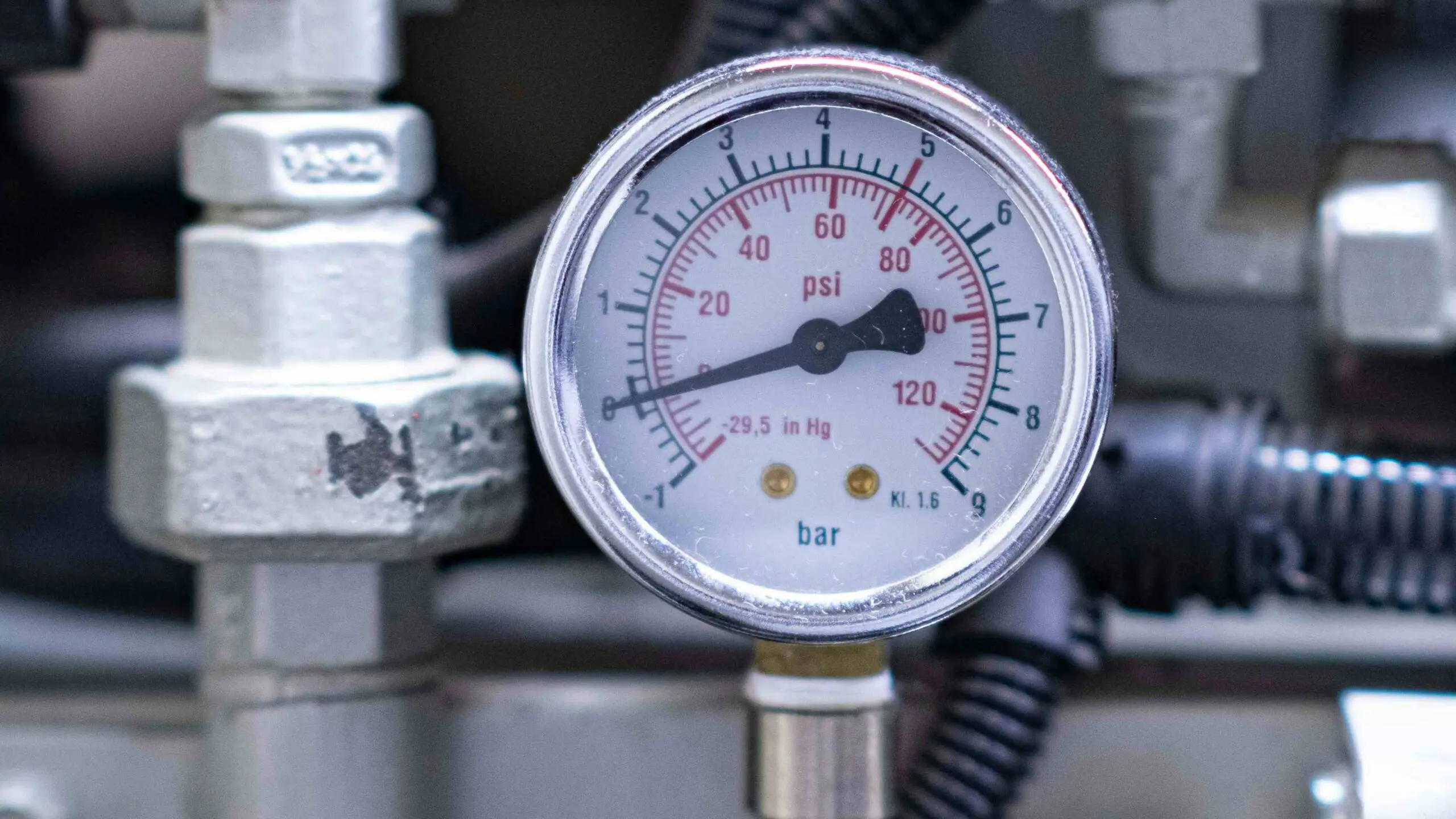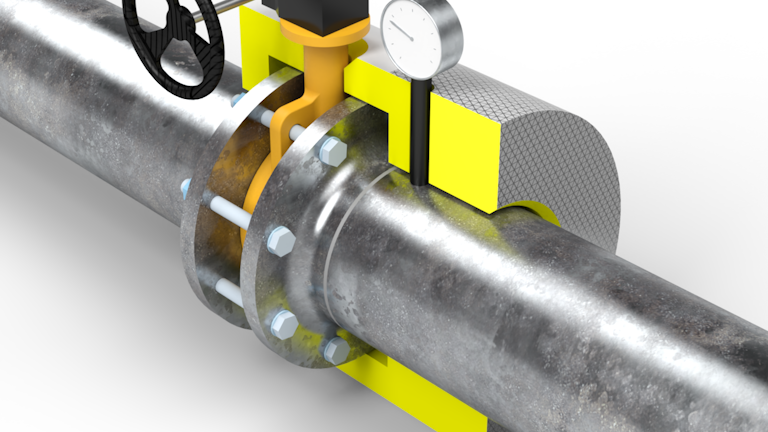What is technical insulation?
Technical insulation is a process where pipes, installations and technical systems are effectively insulated to achieve optimal function and performance. This insulation plays an important role in ensuring that the systems operate efficiently and meet the requirements for temperature control, energy efficiency and safety. The insulation can be carried out using various materials, where polyurethane (PUR) is one of the most widely used materials for technical insulation.
Areas of application for technical insulation
Technical insulation is used in many types of installations and systems, such as heating and cooling systems, ventilation ducts, valves, boilers, vessels and HVAC systems. These systems are an integral part of both construction and industrial applications, where proper insulation is necessary to ensure efficient operation. Polyurethane insulation not only protects against energy loss, but also helps maintain the necessary temperatures in the systems, improving their overall efficiency.
The role of polyurethane in technical insulation
Polyurethane (PUR) is an excellent material for technical insulation as it has several functions that can be adapted to specific needs. PUR insulation has excellent thermal properties, which means that it effectively reduces heat loss in systems. It can also be used for both heating and cooling systems as it protects against temperature fluctuations, helping to maintain the desired operating temperature.
Energy efficiency and CO2 reduction through technical insulation
One of the most important benefits of technical insulation is its ability to optimize energy efficiency. By insulating pipes and technical installations with PUR, significant savings in energy consumption can be achieved. Technical insulation helps reduce heat and energy losses, leading to lower operating costs and a lower CO2 footprint. This is especially important in construction and industrial applications, where energy efficiency is a priority for both the economy and the environment.
Reduced operating costs with correct technical insulation
Proper technical insulation with PUR materials can help reduce operating costs by minimizing energy consumption in the systems. PUR and PIR insulation ensures that the systems maintain the right temperature, which means that energy is not wasted due to unnecessary heat loss. This creates a more economic operation, while reducing the need for maintenance and extending the life of the systems.
Improving the indoor climate with technical insulation
In addition to optimizing energy and operating costs, technical insulation plays an important role in creating a healthier indoor climate. Proper insulation of HVAC and heating/cooling systems helps maintain a stable temperature and humidity, which is essential for ensuring a comfortable and healthy environment for residents and employees. Technical insulation with PUR materials effectively reduces the risk of condensation and moisture problems, which can lead to mold growth and other health problems.


Technical insulation and sustainability
Technical insulation also plays a key role in promoting sustainability in construction and industry. By reducing energy consumption and CO2 emissions, proper insulation helps minimize environmental impact. Polyurethane's long-lasting durability and efficient thermal properties make it an ideal choice for those looking to create sustainable solutions while achieving energy savings in their technical systems.
Polyurethane versus glass and mineral wool
While glass and mineral wool are often used to insulate tanks, PUR insulation has a number of advantages:
- Higher insulation capacity per unit thickness: PUR insulation can achieve the same insulation effect with a thinner layer than glass and mineral wool, which saves space and can reduce costs in structures with limited space.
- Better tightness and less sensitivity to moisture: The PUR insulation forms a more cohesive and dense surface, which reduces the risk of moisture penetration and heat loss. Furthermore, fiber-based insulation materials are quite sensitive to moisture, where even small amounts of moisture (5%) can cause a decrease in insulation performance of more than 50%.
- Less risk of sentence: PUR insulation does not tend to settle over time, ensuring stable insulation performance over the entire surface.
Conclusion
Technical insulation is an important process to ensure that systems operate efficiently and economically. By using PUR as an insulation material, building owners and industrial companies can optimize energy efficiency, reduce their carbon footprint and achieve lower operating costs. Technical insulation with PUR not only contributes to maintaining the right temperature in the systems, but also helps to create a healthier indoor climate, making it an important investment in both economy and environment.
Do you want to know more about
If you would like further independent information about polyurethane insulation, we refer you to:
- https://plast.dk/plast-i-byggeriet/fakta-om-pur-isolering/
- https://www.bolius.dk/isolering-faa-det-store-overblik-98118#:~:text=Polyurethan%20og%20polyisocyanurat%20(PUR%20og%20PIR)%C2%A0
- https://iopscience.iop.org/article/10.1088/1757-899X/570/1/012029/pdf
- https://belglas.com/wp-content/uploads/2015/11/abschlussbericht_-zustandsaenderungen-von-mineralwolle.pdf
Let us assist you
Do you have questions or need help? Please do not hesitate to contact us - we look forward to hearing from you.

